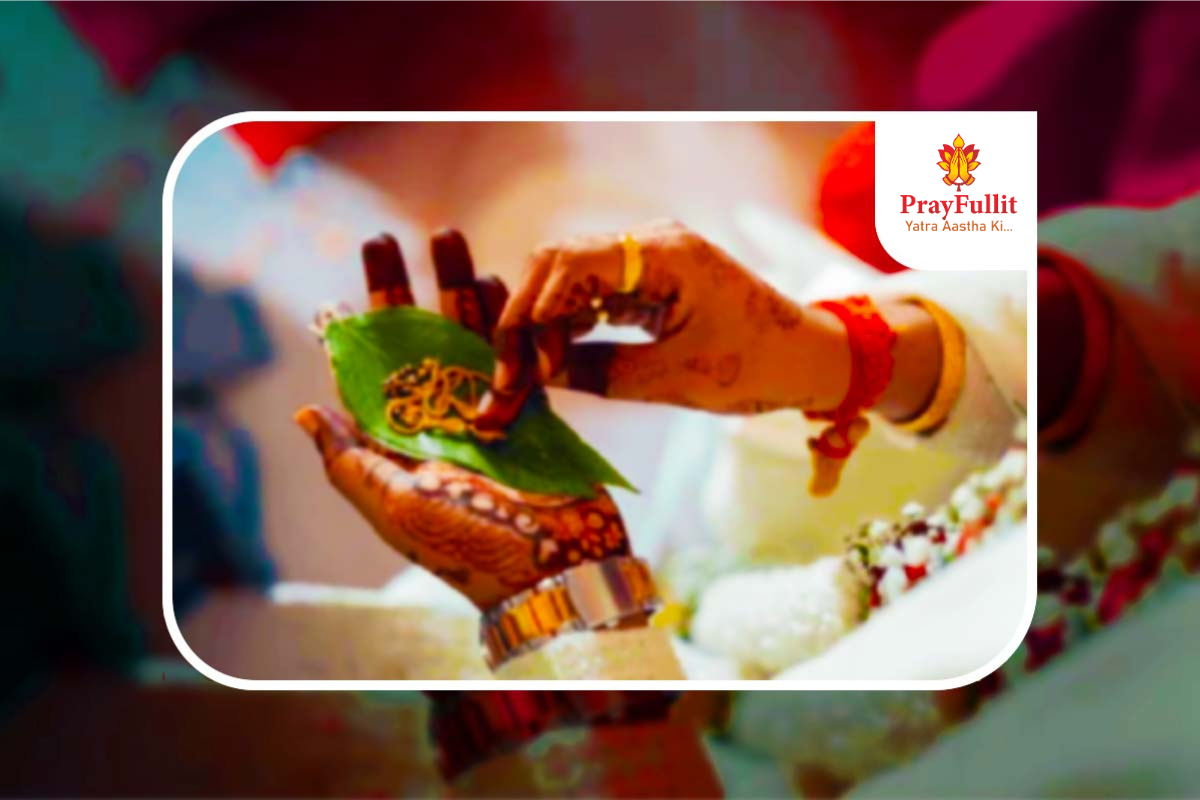
Tilakotsav Sanskar, also known simply as Tilak, is a significant Hindu ritual primarily associated with the formal betrothal or engagement ceremony. The term "Tilak" refers to the ceremonial marking of the forehead with a tilak, which is a symbol of auspiciousness and respect. The Tilakotsav Sanskar is a key event in the process of arranging marriages and serves as a formal acknowledgment of the impending union between two families.
Key Features of Tilakotsav Sanskar
Purpose:
Formal Betrothal:- The primary purpose of Tilakotsav Sanskar is to mark the formal engagement of the bride and groom. It is a way of publicly recognizing and celebrating the commitment of both parties and their families.
Blessings and Acknowledgment:- The ceremony is intended to seek blessings from elders and deities for the couple’s future happiness and prosperity. It also serves as a formal acknowledgment of the union between the two families.
Timing:- Tilakotsav Sanskar is typically performed a few days or weeks before the wedding. The timing of the ceremony is often chosen based on auspicious dates and mutual convenience for both families.
The ceremony is usually held at the groom's home, but it can also take place at the bride’s home or at a neutral venue.
Rituals:
Preparation:- The ceremony is conducted with the participation of close family members and friends. The space is decorated with flowers, rangoli (colored patterns), and other auspicious items.
Puja (Worship):- A small puja may be performed to invoke blessings from deities and to ensure the success and auspiciousness of the forthcoming marriage.
Tilak Application:- The groom is ceremonially marked on his forehead with a tilak, typically made from a mixture of sandalwood paste, kumkum (red powder), and sometimes rice. This act symbolizes the acceptance of the groom and the formal start of the engagement process.
Exchange of Gifts:- Both families may exchange gifts as a gesture of goodwill and to strengthen the relationship. Gifts often include clothing, jewelry, sweets, and other tokens of appreciation.
Feast and Celebration:- The ceremony often concludes with a celebratory feast where family and friends gather to share in the joy of the occasion. Special foods and sweets are served, and there may be singing, dancing, and other festivities.
Significance
Social and Familial Bonding: The Tilakotsav Sanskar is an important cultural tradition that highlights the social and familial aspects of marriage. It serves as a formal declaration of the union and reinforces the bonds between the two families.
Auspicious Beginning:- The application of the tilak and the rituals associated with the ceremony are believed to bring auspiciousness and good fortune to the couple and their families.
Regional and Familial Variations:- The specifics of Tilakotsav Sanskar can vary based on regional and familial traditions. The customs related to the application of the tilak, the timing of the ceremony, and the additional rites may differ among communities.
Overall, Tilakotsav Sanskar is a meaningful and celebratory ritual in the Hindu marriage process. It marks the formal engagement of the couple, celebrates the union of two families, and sets the stage for the upcoming wedding ceremony.
Total Procedure goes on for about Three and Four hours.